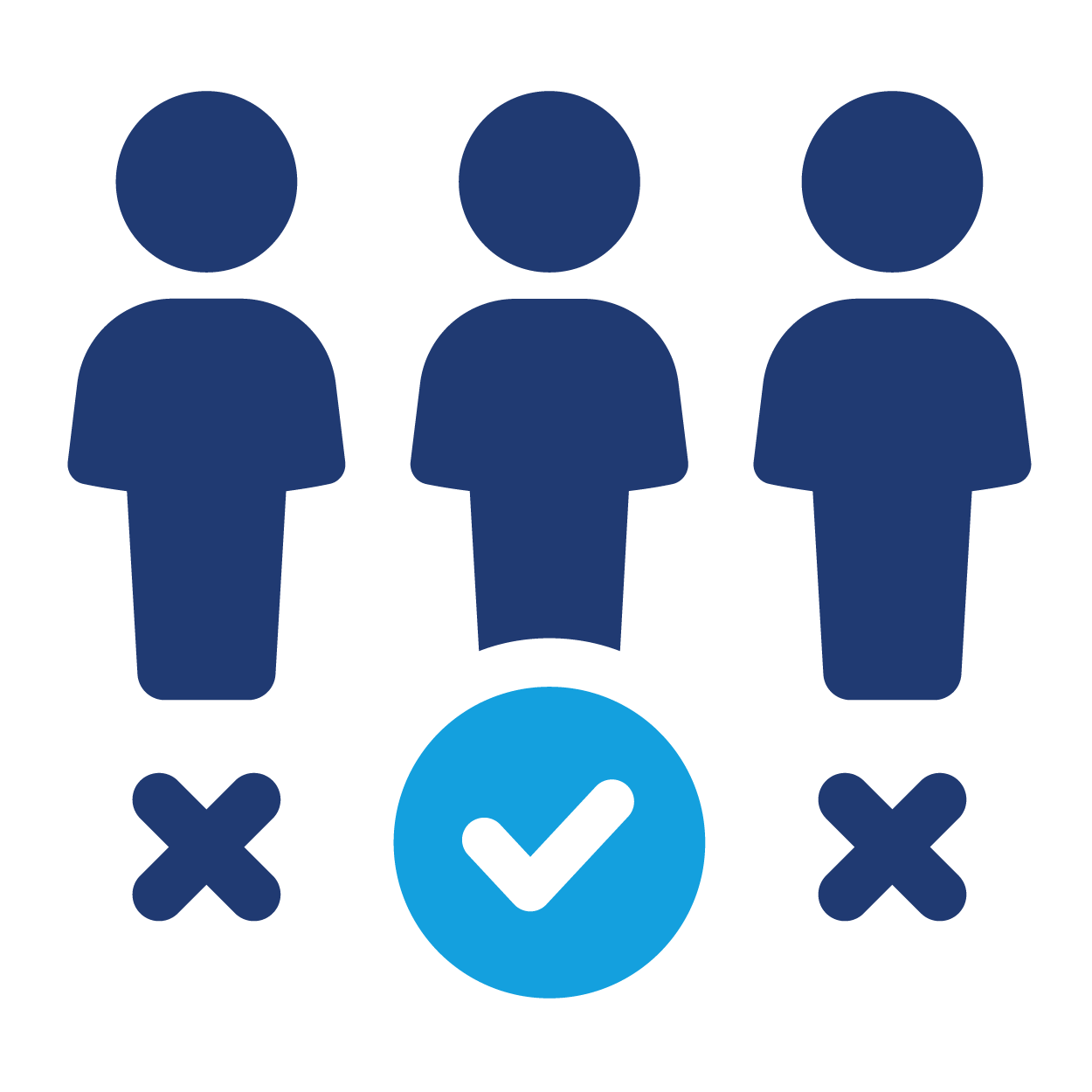Employment Verifications
How We Use Employment Verification
Verifying previous employment is part of the hiring process for many employers. This is to check and make sure the dates, position and other details relating to previous employment match up. The question may also be asked about eligibility for rehire from a previous employer.
It is important for employers to verify previous employment to ensure ability to perform certain job duties by confirming previous job duties. Employers may find false or exaggerated claims, gaps in employment timelines, and incorrect job titles. Some states do not allow for income verification and other do allow the verification of income.


The main reason an employer will conduct an Employment Verification and other Identity Checks is to prevent fraud and limit liability for negligence. If a company has done pre-employment screening, the organization has taken the first step to show they hired the right person for that position.
The number of years of employment history to be verified depends on the job’s nature. For example, verifying the previous three years of employment might be adequate for entry-level jobs. For senior job positions, verification of a lengthier period of employment may be required. The span of experience verified also depends on the responsibilities entailed in the role. This also may vary by state on how far back the verifications can go.
Why is Employment Verification Important for Employers?
Investing in New Hires isn’t cheap! After spending time and money recruiting, vetting and training a company is invested in that applicant. Running proper verifications will help find, and invest, in the right applicant!
Trustworthiness
Trust goes hand-in-hand with reliability, transparency, honesty and dependability. Verifications assist to confirm a previous employer will mark as eligible for rehire and confirm the applicant is trustworthy and experienced to do the job. Companies can suffer long-term adverse impacts on the organization’s reputation, brand and culture.
Retention Rates
These rates can really add up with high turnover of newbies. By investing up front on employment vetting an organization has the opportunity to eliminate a fraudulent applicant that otherwise would come in and not be qualified for the position or worst case scenario – lie, cheat and steal.
It’s important to remember that attitude and overall customer service experience is important to verify from a previous employer so bad customer service does not spill into your organization.
What are the steps for Employment Verification?
Obtain Consent
The first step is to obtain the applicant's consent to conduct employment verification and background checks. This is typically done through a consent form that the applicant signs.
Collect Information
Gather the necessary information from the applicant to conduct the verification. This includes basic information such as full name, previous employment history, educational background, and any other relevant details.
Contact Previous Employers
Reach out to the applicant's previous employers to verify employment history. This may involve contacting HR departments or supervisors to confirm dates of employment, job titles, responsibilities, and reasons for leaving.
Verify Education
Contact educational institutions listed on the applicant's resume or application to confirm degrees earned, attendance dates, and any other relevant details.
Check References
Contact the provided references to gather information about the applicant's work ethic, skills, and suitability for the position.
Conduct Background Checks
Depending on the nature of the position and company policies, conduct background checks which may include criminal history checks, credit checks, and drug tests.
Review Results
Once all verifications and background checks are completed, review the results to ensure they align with the applicant's claims and suitability for the position.
Make a Decision
Based on the results of the verification process, make a decision regarding the applicant's suitability for the position. This may involve moving forward with the hiring process, requesting additional information, or withdrawing the job offer.
Notify Applicant
Inform the applicant of the results of the verification process and the decision made regarding their application.
Maintain Records
Keep detailed records of the verification process, including consent forms, communication with previous employers and references, and results of background checks. These records may be necessary for legal compliance and future reference.
INSTAHIRE Simplifies the Employment Verification Process
By adhering to country-specific laws governing candidate information, INSTAHIRE has spearheaded the verification process. Key details gathered during this process include:
Work Performance Assessment
Reasons for Departure
Job Titles, Duties, and Responsibilities
Duration of Employment
Compensation Details
(Such as salary, benefits, and allowances.)
Records of Disciplinary Actions
(Including overall conduct.)
Other Pertinent Work-Related Information
(Information that influences hiring decisions.)
It’s crucial for employers to abide by local regulations regarding the exchange of candidate data. Potential employers must also seek only legally permissible information. To ensure compliance, many businesses opt to engage specialist third-party agencies for verification services. These agencies facilitate employment verification while upholding legal standards.
Frequently Asked Questions:
INSTAHIRE offers a comprehensive verification platform designed for swift identity authentication, fraud prevention, and seamless onboarding across various industries.
Typically, failing employment verification may disqualify the candidate from consideration. However, outcomes can vary between companies.
Generally, employment verification can be finalized within approximately 72 hours. However, occasional delays may occur for various reasons.
Yes, companies often reach out to former employers to confirm details such as job titles, responsibilities, and tenure.





